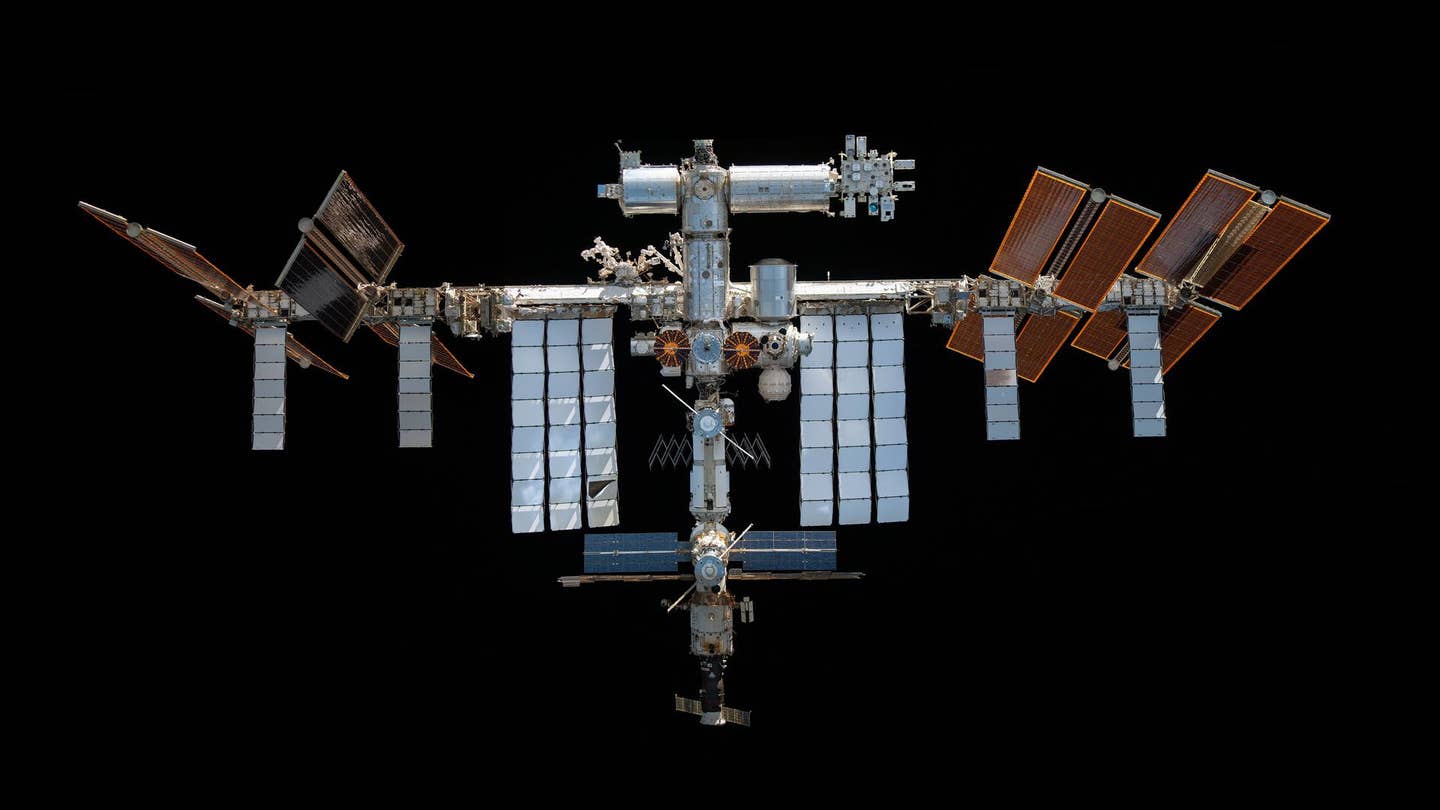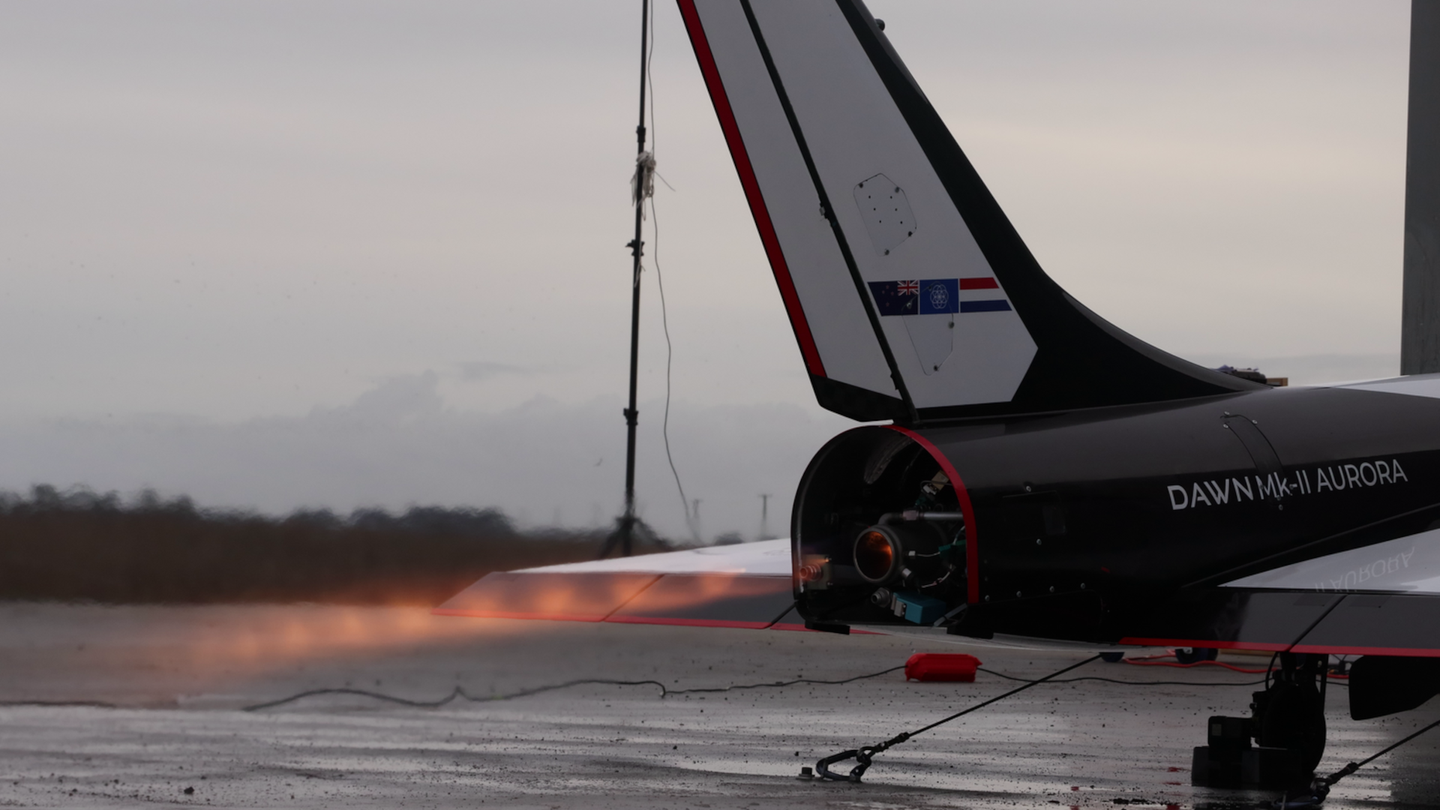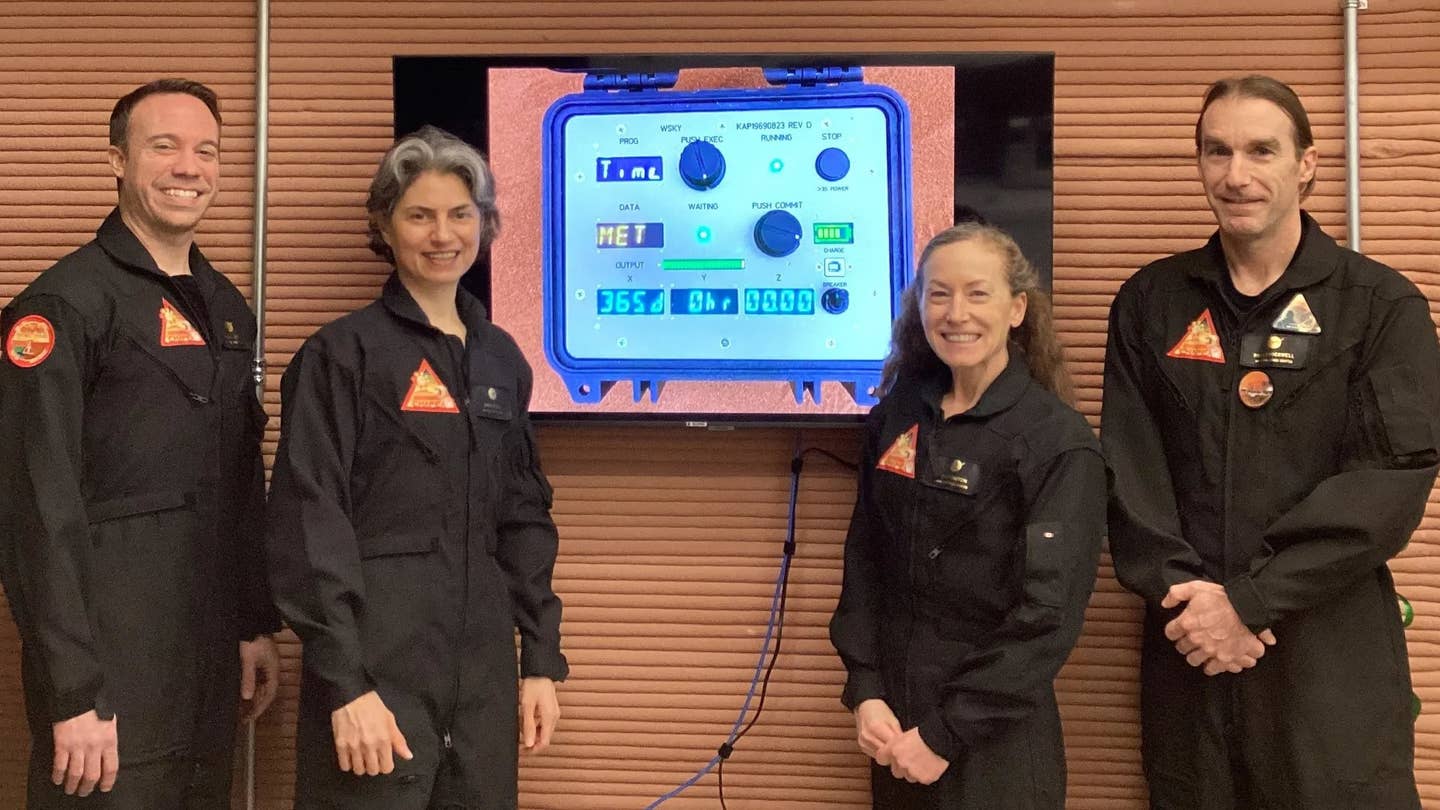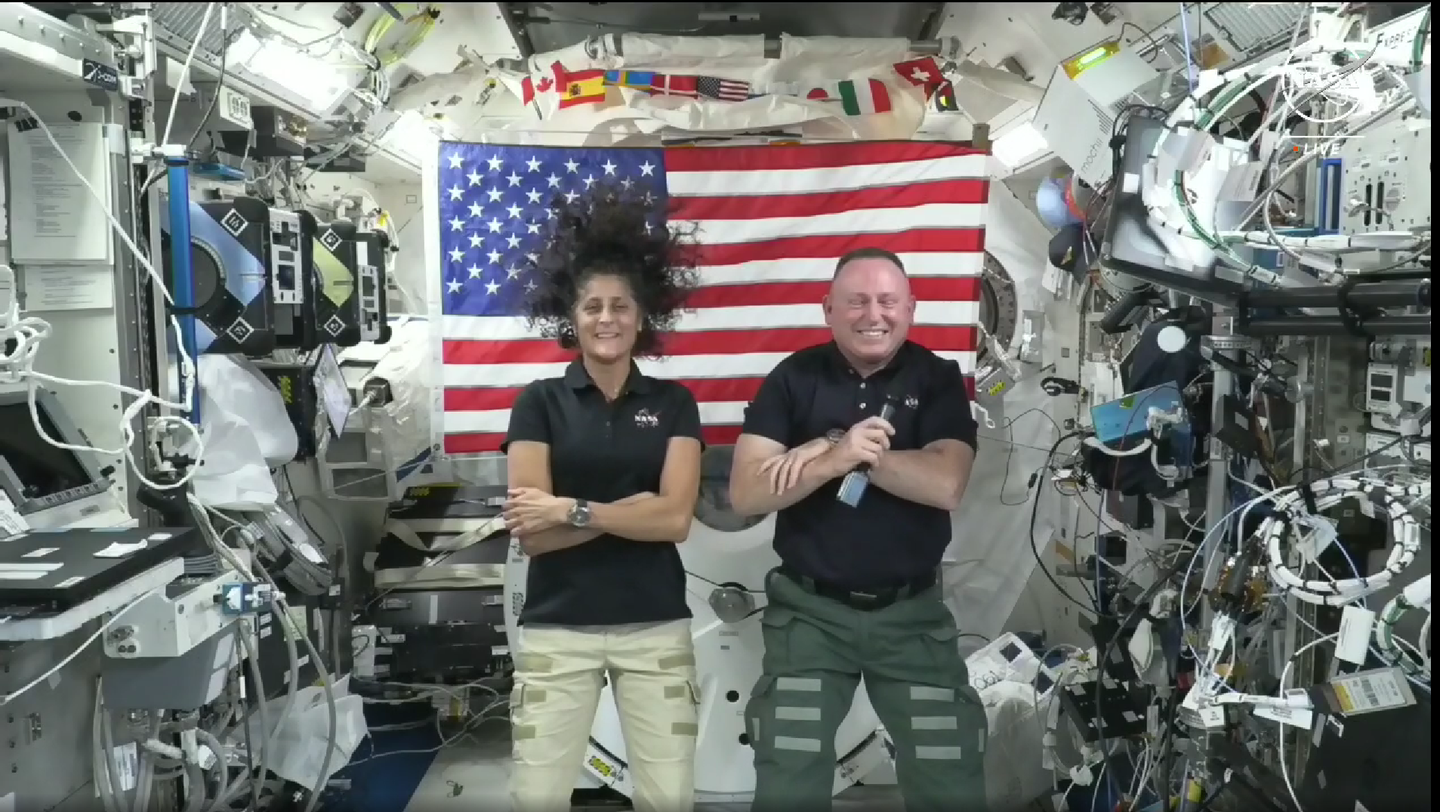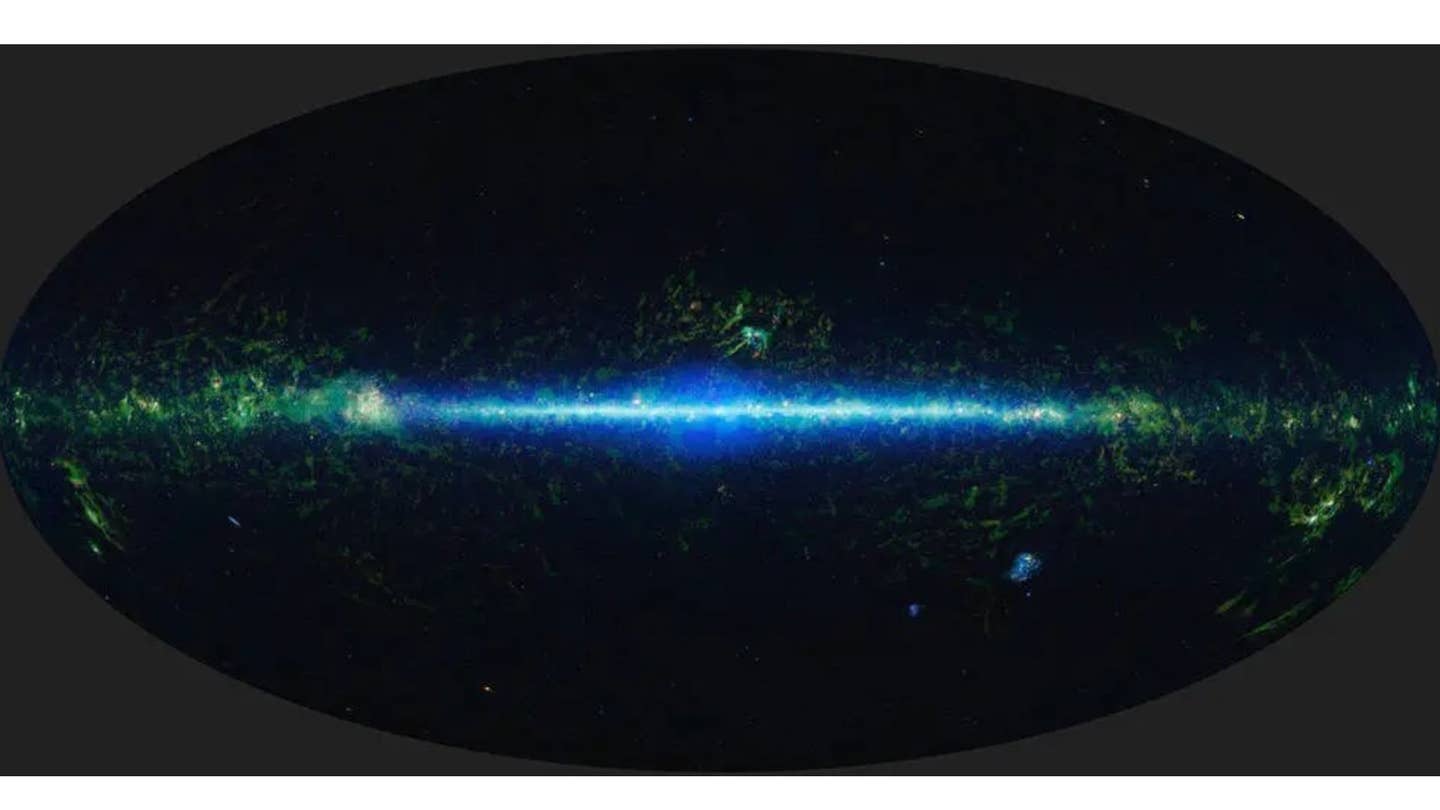‘Odysseus’ Lunar Landing Mission Nears Completion
Telemetry from the Nova-C moon lander will end as it conducts a ‘quiet power down,’ Intuitive Machines said.
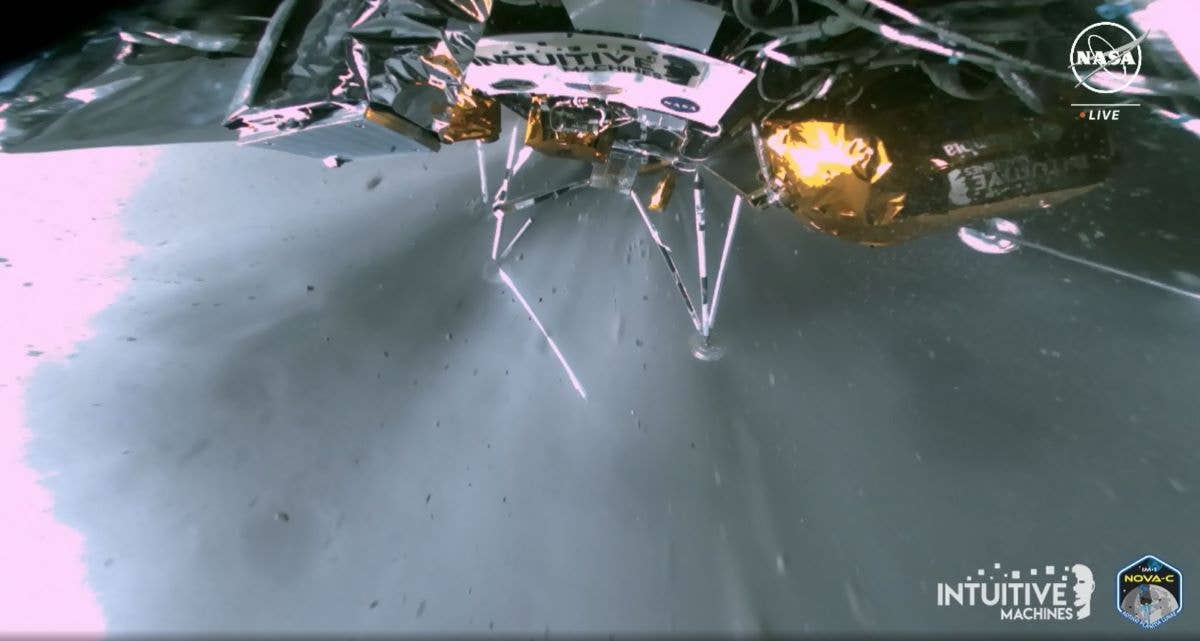
Upon landing, the Nova-C lander tilted over slowly and came to rest at an angle about 30 degrees above the surface. [Courtesy: Intuitive Machines]
Six days on the moon's surface and 13 days after launch, the Odysseus private lunar landing mission that put the U.S. back on the moon for the first time in more than 50 years is drawing to a close.
Intuitive Machines' IM-1 mission made history for completing the first successful moon landing by a company when its Nova-C autonomous lander Odysseus reached the South Pole region on February 22.
On Wednesday afternoon, however, only hours of power fueling transmission to Earth remained.
"We know we're degrading in power," Steve Altemus, CEO of Houston-based Intuitive Machines, said Wednesday during a press conference, adding that within five hours no more telemetry would be available.
When the power runs out, the lander will conduct a "quiet power down," Altemus said, adding there may be an opportunity to attempt to repower it in about three weeks when the sun once again is in range of the lander's solar panels.
Upon its descent, the Nova-C lander tilted over slowly and came to rest at an angle about 30 degrees above a 12-degree slope, Altemus said. Despite the less-than-upright landing, all of its payloads are transmitting data, according to the company.
- READ MORE: The 'Odysseus' Has Landed
"A soft touchdown on the moon is a great accomplishment," said Joel Kearns, deputy associate administrator of exploration at NASA.
As part of NASA’s commercial lunar payload services (CLPS) initiative and Artemis campaign, the IM-1 mission carried six NASA payloads conducting research to better understand the lunar environment.
"This image retrieved from the lander on February 27 captures Odysseus’ landing strut during landing on February 22 performing its primary task, absorbing first contact with the lunar surface," Intuitive Machines said in a mission update Wednesday. "Meanwhile, the lander’s liquid methane and liquid oxygen engine is still throttling, which provided stability. The company believes the two insights captured in this image enabled Odysseus to gently lean into the lunar surface, preserving the ability to return scientific data."

Subscribe to Our Newsletter
Get the latest FLYING stories delivered directly to your inbox

